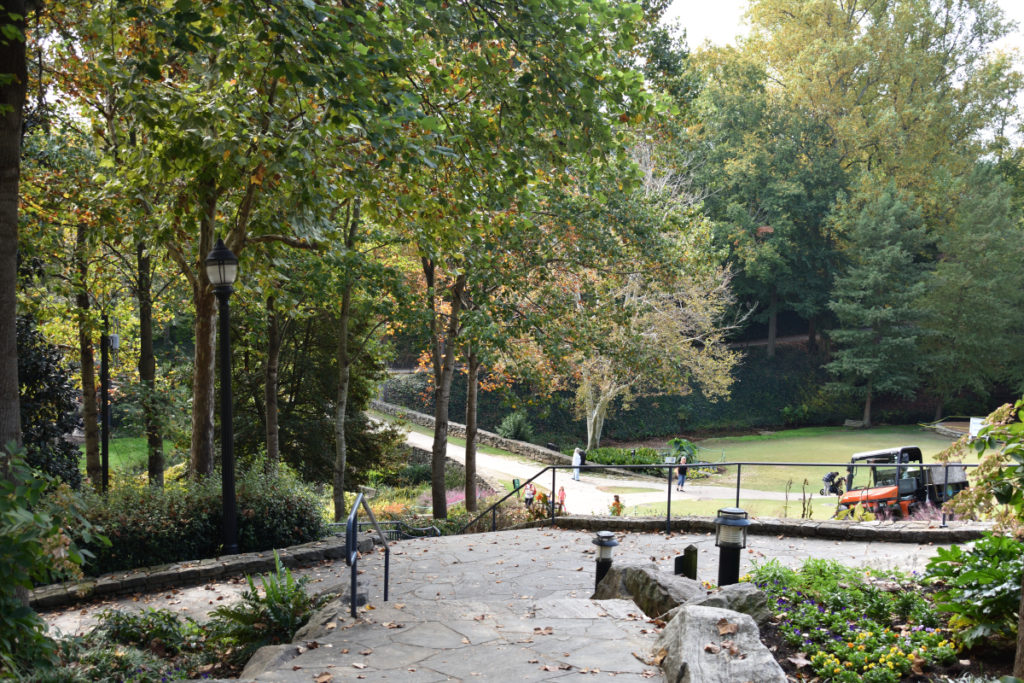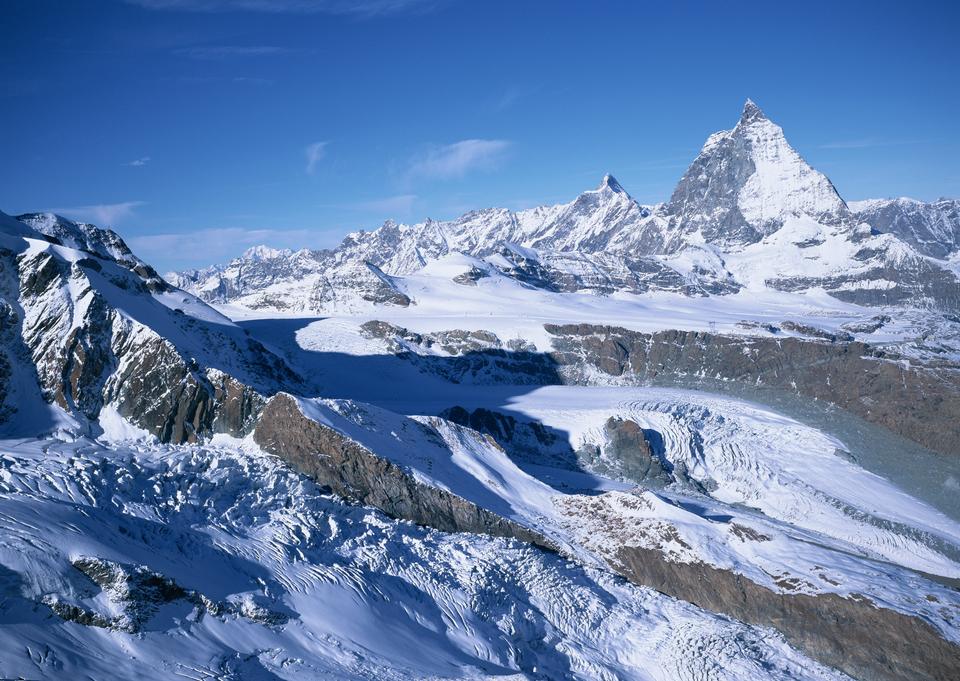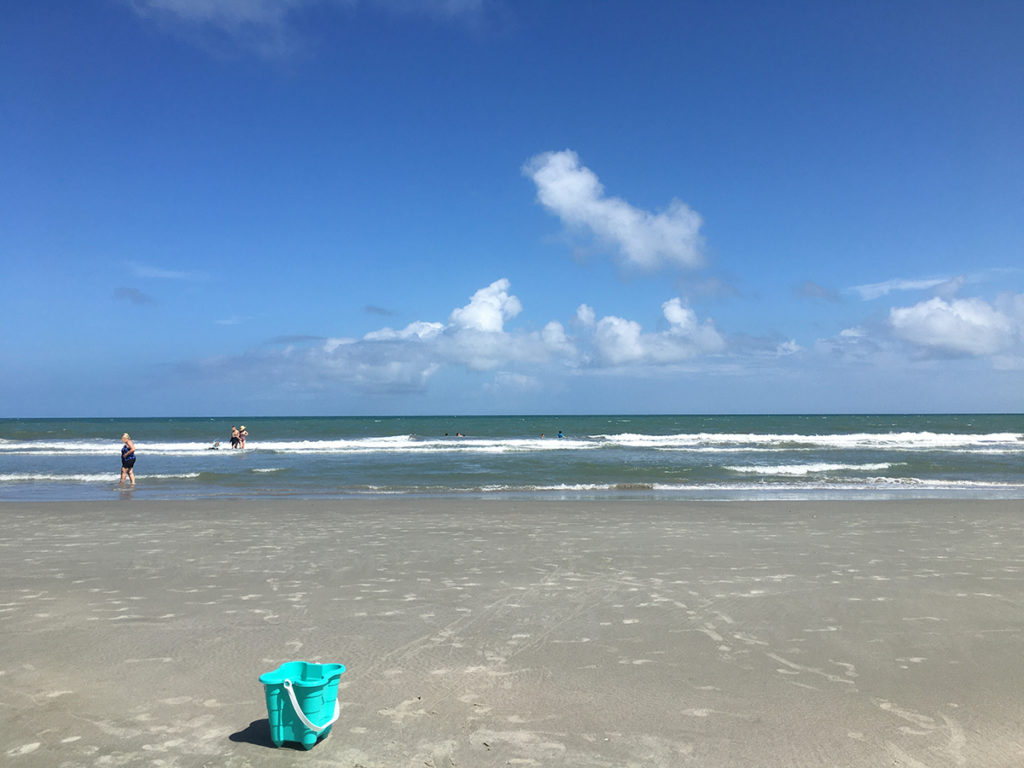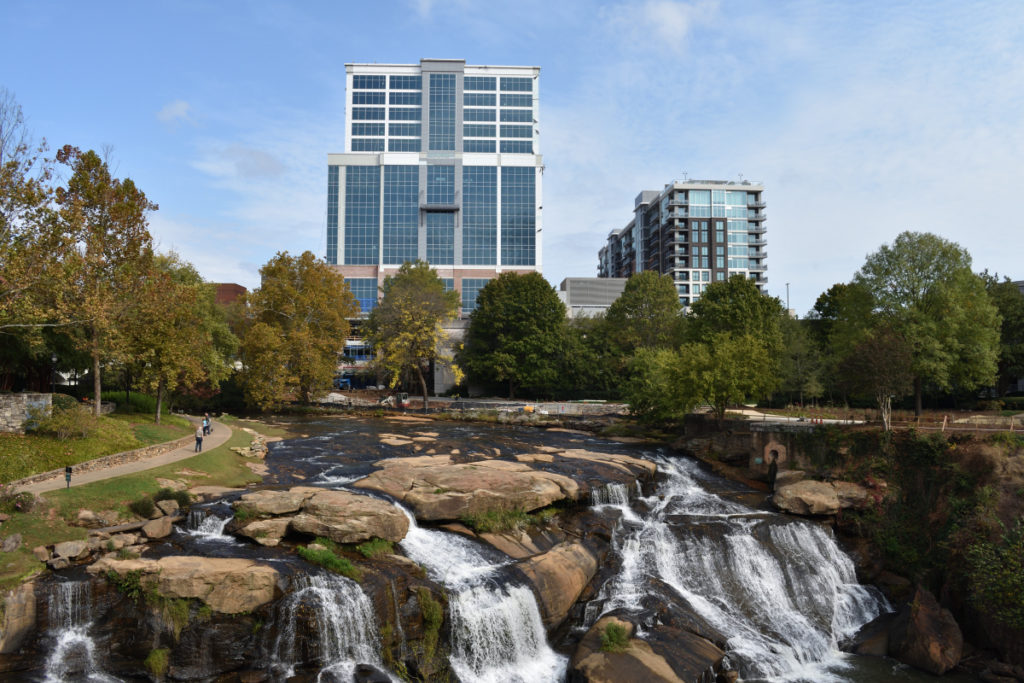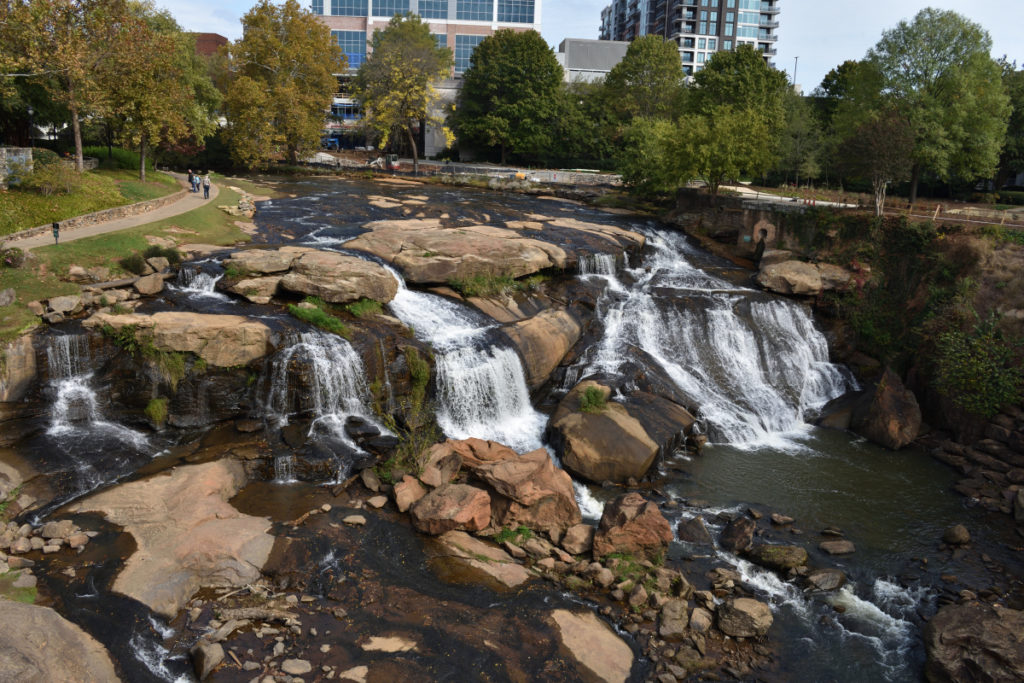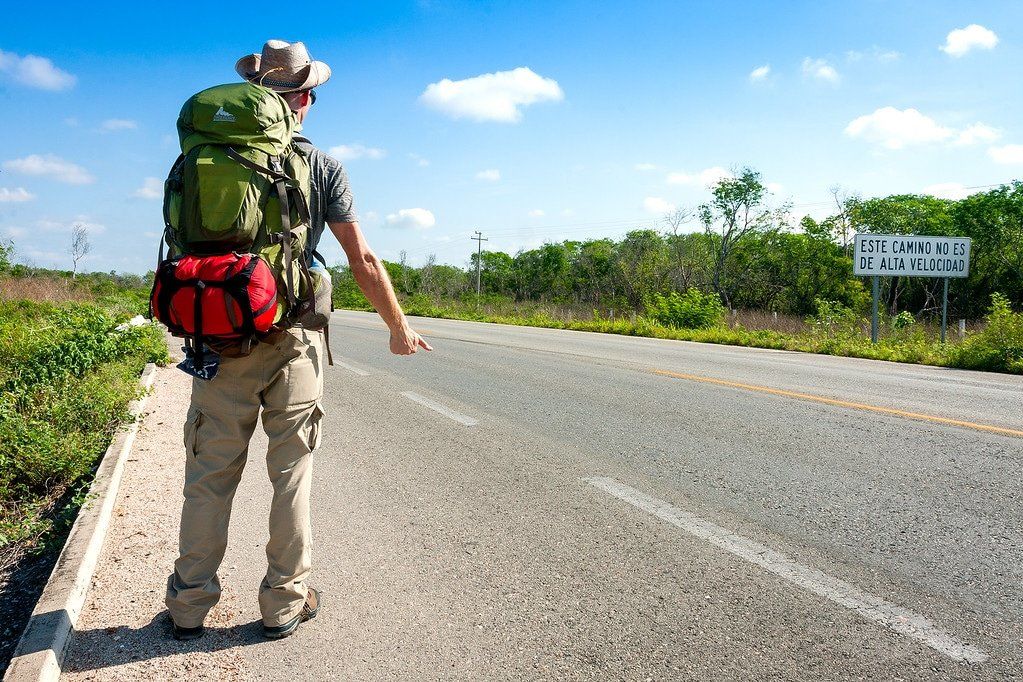History of Falls Park and Liberty Bridge in Greenville
The dream to transform the Reedy River Valley area into a beautiful urban green space became a reality in the completion of Falls Park in Greenville SC. Part of this vision was to have the Reedy River waterfall visible in a way that all could partake in and enjoy. This became possible with the construction of the Liberty Bridge. This journey started more than a century ago with the acquisition of land by Furman University. The following is some of the history of the Parks development across the years.
Development of the area began in 1929 with the establishment of the Furman University Botanical gardens. Later, the Carolina Foothills Garden Club became interested in developing a park. In 1967, Furman alongside other institutions assisted Carolina Foothills Garden Club in obtaining 26 acres for the development of Falls Park.
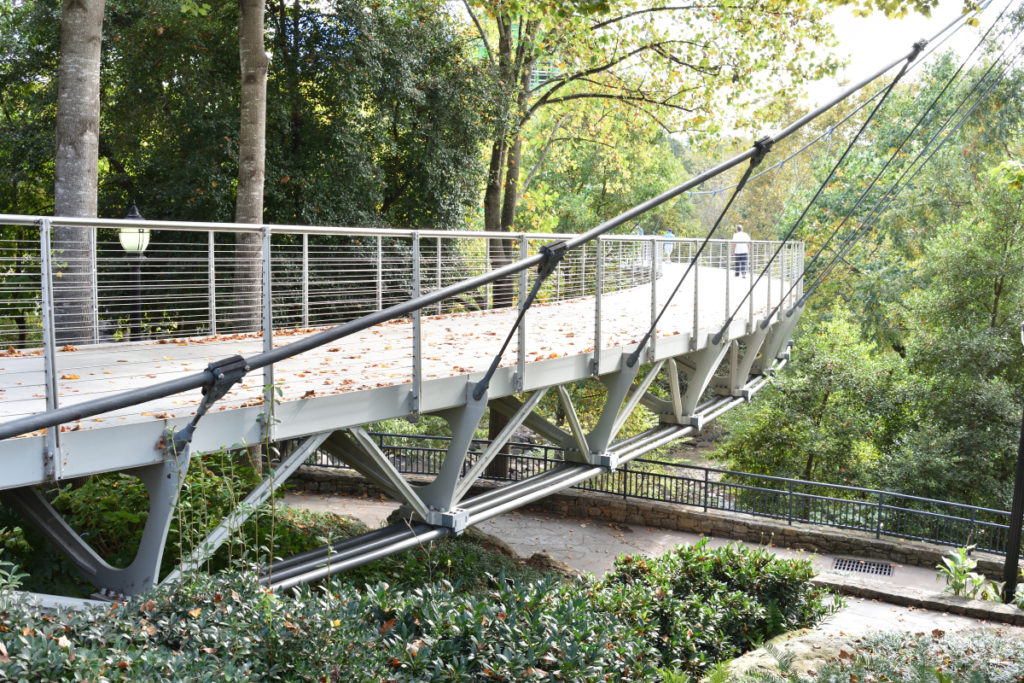
A development plan for the park was created, and the improvements of the land in the area began immediately. These improvements continued for several years. The Garden Club reached out and asked for help from the community. The response was positive with many different organizations and individuals lending helping hands. The City Parks and Recreation Department and Garden Club volunteer workers did all the landscaping. Planting and beautification of the area were also done at the same time.
The key objective of the changes was to create open green space as a destination for locals and visitors. However, the natural attractiveness of the town, and the waterfalls, was hindered by the existing Camperdown Bridge.
Although Falls Park was already operational in 1990, the construction of the Liberty Bridge marked its crowning achievement. Architect Andrea Main was asked to design a bridge that would provide views of the Falls, and connect with the river and the surrounding spaces. Camperdown Bridge was demolished in 2002, and the construction of Liberty Bridge began. The new bridge was completed in 2004.
The Liberty Bridge is named for The Liberty Corporation for its commitment and aid to the Greenville community. The eye-catching and distinctive Liberty Bridge appears to be floating and provides vivid views of the falls and the downtown skyline. It is a trademark feature of the park and city, and it provides a pedestrian connection to Greenville’s main roads and the river valley.
More recently, Little Falls Park opened. It is the reestablishment of the former Furman University botanical garden and was restored in 2012. It contains the botanical bridge, the mill ruin stage and the sunflower garden.
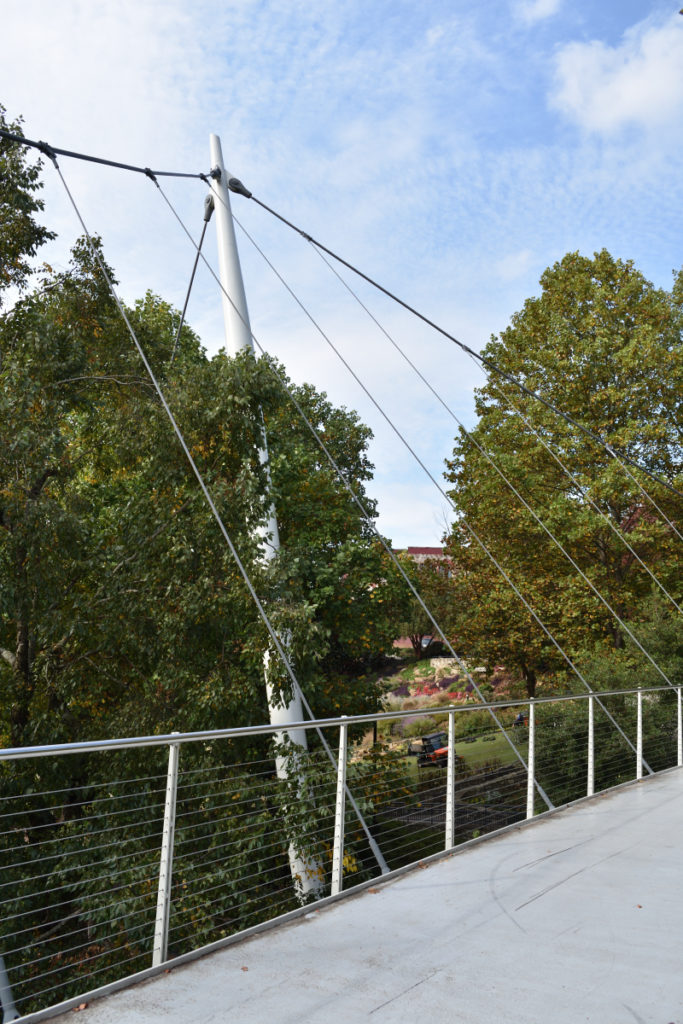
Falls Park has become a beautiful outdoors facility at the core of the downtown area. It is now a keystone at the center of the town’s unique beauty and culture, and draws both locals and visitors. The park has a system of meandering trails linking the town to the river. The trails are enjoyed by many in cycling, picnics and walking. Plantings and Reedy River Duck Derby are just a couple of the events that take place in the park annually.
On one of my recent trips to the area a friend of mine introduced me to Falls Park. I was so taken with the area, I decided to look into the history of the park and area. It is a crowning achievement to create a modern green space in a bustling downtown area, and I wondered how it had come about. One minute you can be on Main Street, and a minute later enjoying a quiet secluded spot sitting beside the river. We need more breaks like this from our modern day lives. Though I can’t be there as often as I like, I enjoy an occasional virtual stroll across the Liberty Bridge found here. If you are lucky enough to find yourself in the Downtown Greenville area make sure to take a few minutes to stroll across the Liberty Bridge in person. It is a unique experience, and you will be glad you did.
